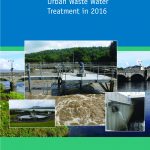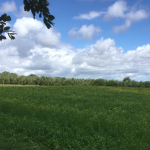The EPA report on Urban Waste Water Treatment in 2016,…
Failure to treat waste water properly is damaging our rivers and coastal waters
[vc_row][vc_column][vc_column_text]
[/vc_column_text][/vc_column][/vc_row][vc_row][vc_column][vc_gallery interval=”3″ images=”3266,3267″ img_size=”full”][/vc_column][/vc_row]







